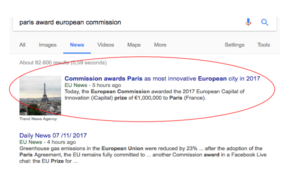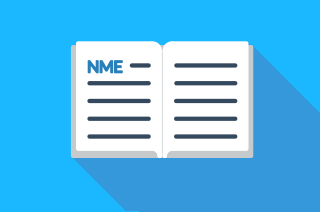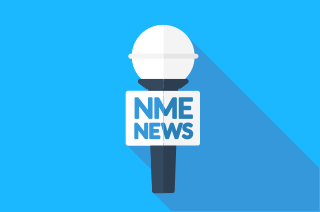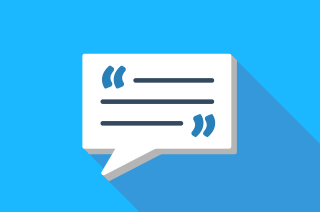This blog post is the second part of a series of three and aims to help understand the need for a neighbouring right for press publishers in the digital age.
What are “snippets”?
The right, as proposed by the European Commission’s proposal and in the European Parliament’s current text would cover the press publication in its entirety and parts thereof. The neighbouring right’s added value for news brands is the protection of small extracts of publications or “snippets”. As a constantly growing number of information society service providers have built their services around content, especially around short extracts of press publications, it shows that the “snippet” has economic value and therefore deserves protection. It should also be noted that the publishers’ investment in content remains the same regardless of the size of the extract used by a third party.
This is a snippet:

The snippet is an algorithm generated extract of a press-publication, that information society service providers use to provide service to their customers. How snippets are generated is an opaque mechanism and it should be noted that some information society service providers allow some form of modification of the snippets by publishers, while others don’t. Finally, the snippet gives the consumer a snapshot of the main story provided for in the press-publication, without incentivizing the consumer to access the main site of the news brands.
This represents a problem for news brands. According to the European Commission in 2016, social media (22%), news aggregators (14%) and search engines (21%) were, taken together, the main way to read news online for 57% of users in the EU. This creates a relation of an increasingly complex nature between information society service providers and news brands. On the one hand, information society service providers increase visibility of press content and bring additional traffic and thus possibly advertising revenues. On the other hand, 47% of consumers who access news online browse and read news via the information provided in the short extracts without clicking on the links to access the news media websites, thus eroding the value of advertising revenues for news brands’ websites.
This underlines the need for this legal instrument to cover the press publication in its entirety. In order for news brands to be able to continue investing in content and for the press to serve its fundamental purpose, which is to be a free and independent, strong public watch-dog, all parts of press-publications should be covered by this right.
The status-quo only benefits companies that would gain from continuing to exploit publishers’ content without permission or remuneration with impunity. The introduction of a neighbouring right will hopefully create a more balanced playing field, bring copyright up-to-date with the digital environment and secure a brighter future for professional, journalistic fact-checked content.
News brands need the introduction of a clear, balanced and robust legal instrument that fosters legal clarity and harmonization across the European Market to protect their content online. Any further limitation to the sensible approaches of the European Parliament and the Council would render the right unenforceable and could unintentionally lead to the hampering of already existing licensing agreements in some Member States.
Therefore, for securing a thriving future for the European news brands in the EU and for the press to be able to serve its purpose to the best of its abilities, we hope we can count on your support for the introduction of a publishers’ right in the Proposal for Copyright in the Digital Single Market on the 20th of June.










